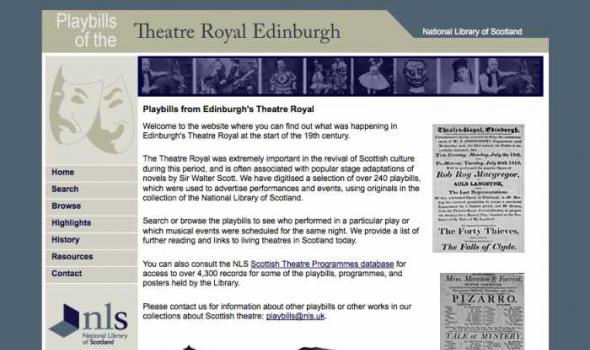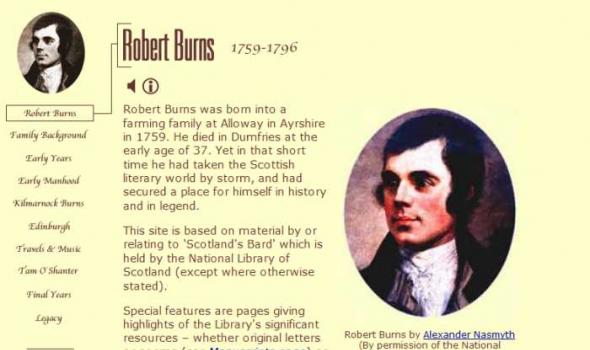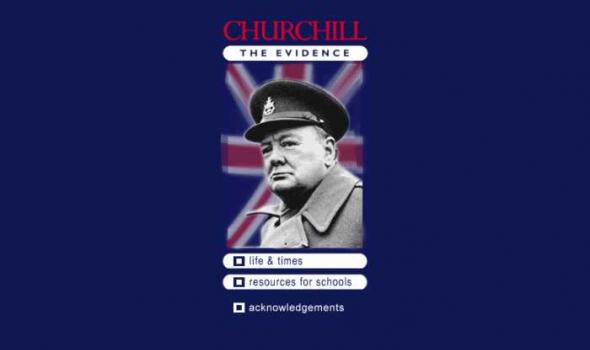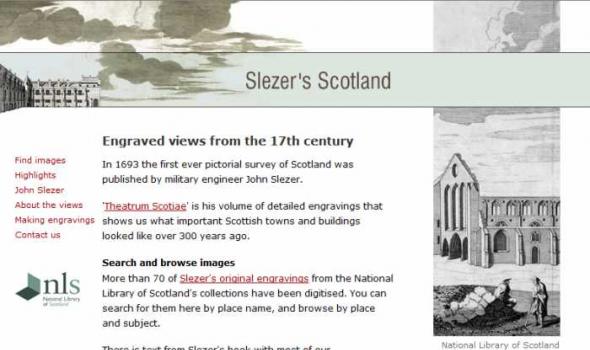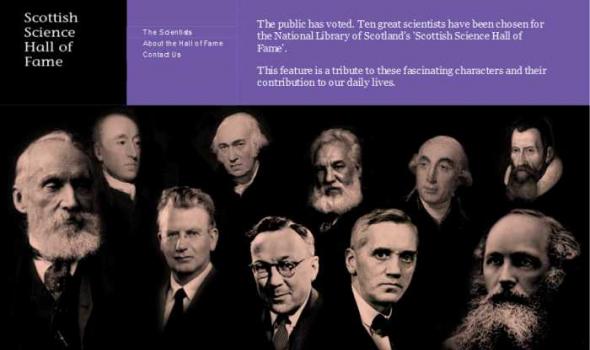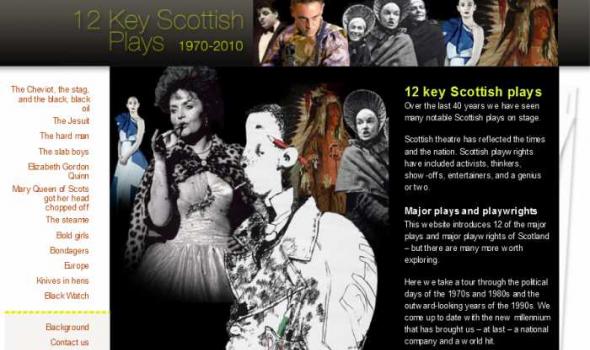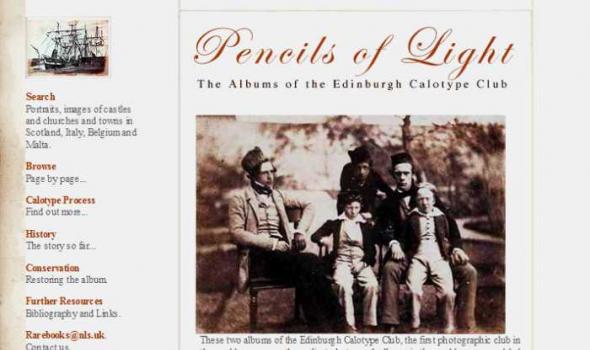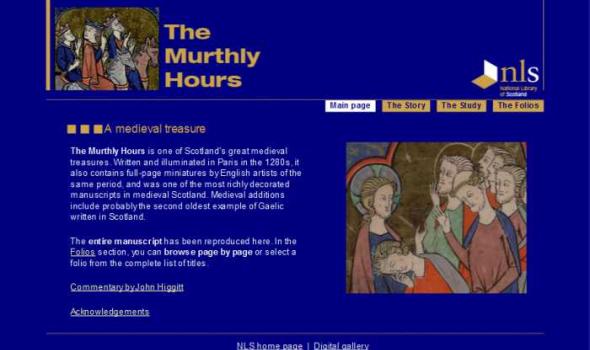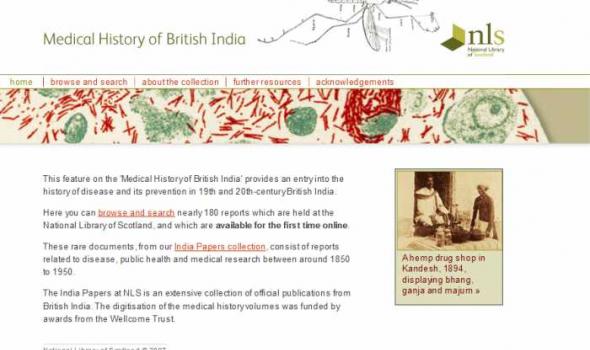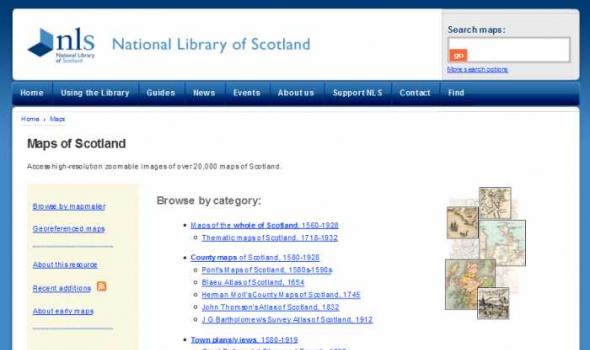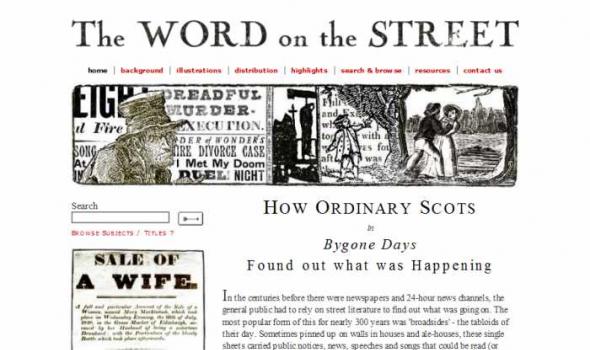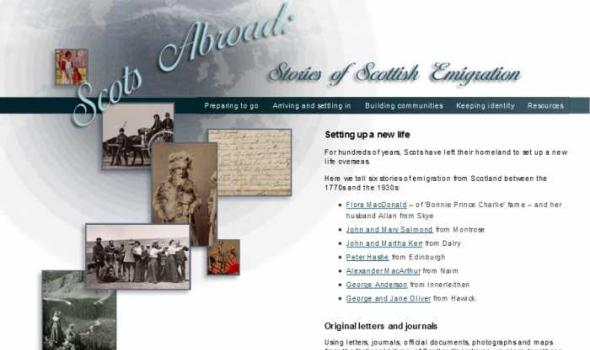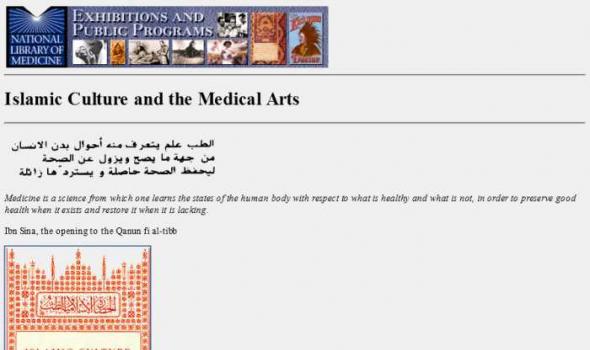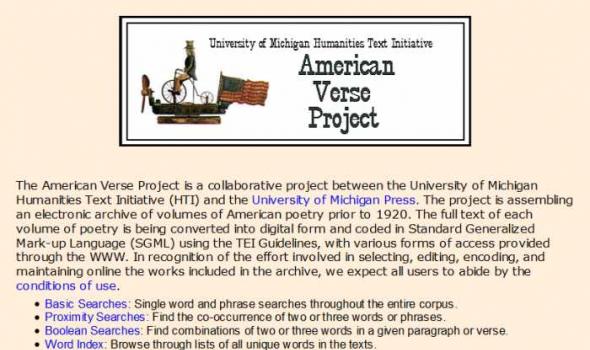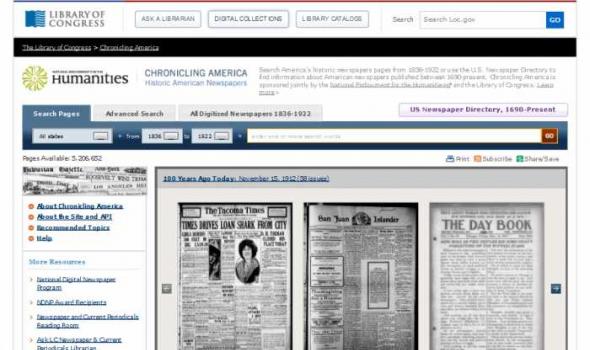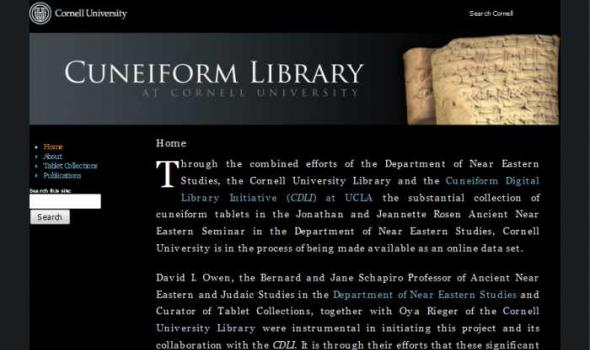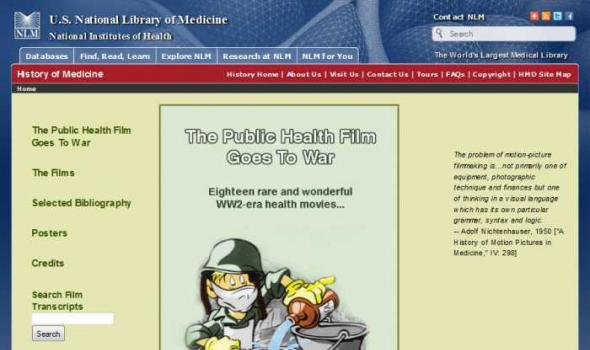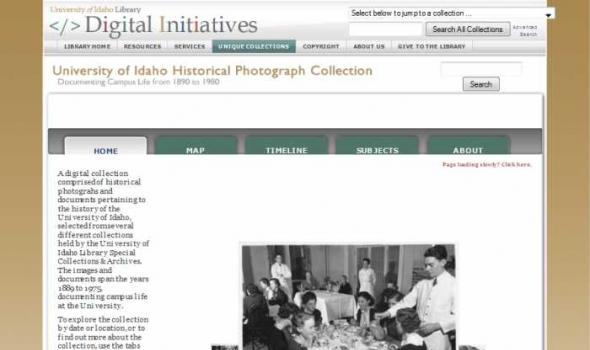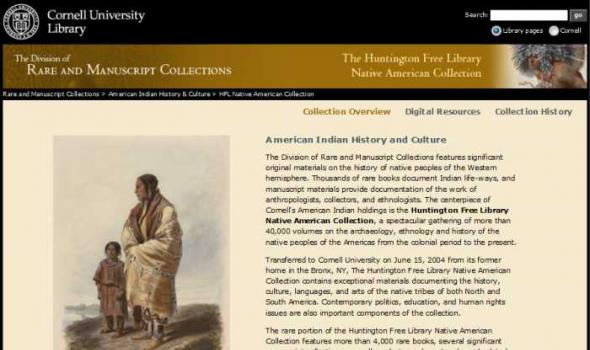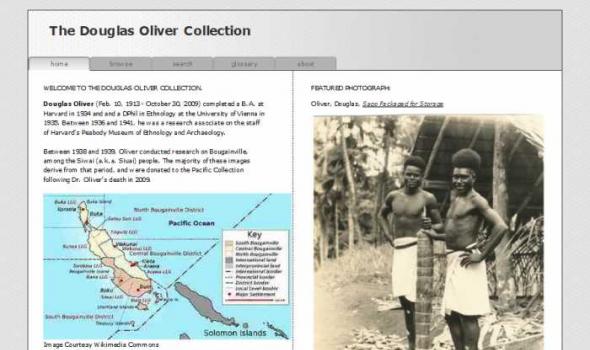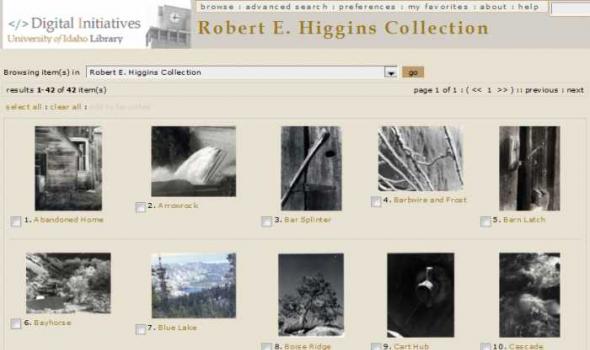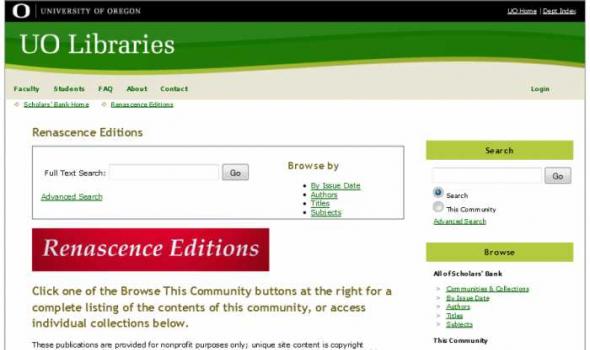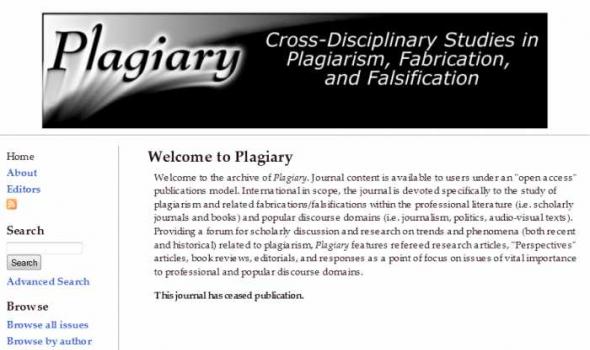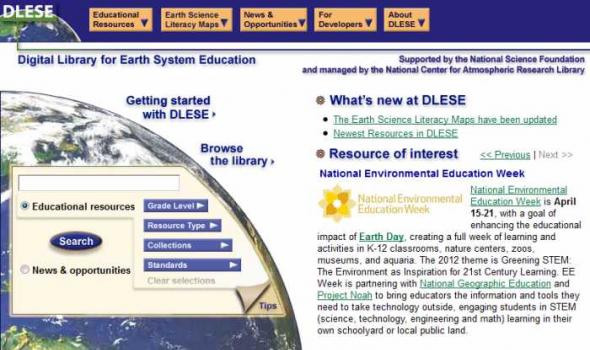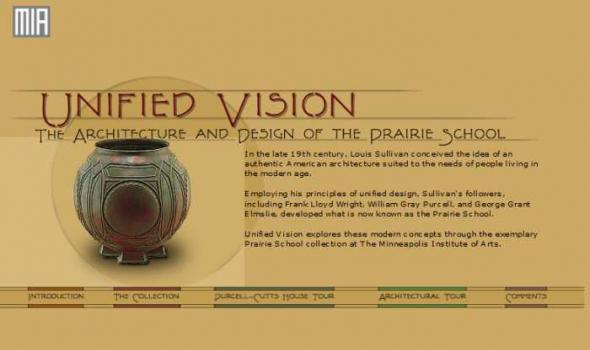Muriel Spark was identified as a promising and creative writer when her name was still Muriel Camberg and she was still at school. Some of her poems had already been published by the time she won her first poetry prize, at the age of 12.
Dame Muriel – poet, writer of fiction and literary criticism, and biographer – went on to win most of the literary awards going, was never out of print, and was at the top of her profession, internationally, for more than half a century.
Best-known as the author of 'The Prime of Miss Jean Brodie', Muriel decided in the 1940s to keep a record of her professional and personal activities, beginning a personal archive that is now one of the largest and most comprehensive held by the National Library of Scotland.
Welcome to the website where you can find out what was happening in Edinburgh's Theatre Royal at the start of the 19th century.
The Theatre Royal was extremely important in the revival of Scottish culture during this period, and is often associated with popular stage adaptations of novels by Sir Walter Scott. We have digitised a selection of over 240 playbills, which were used to advertise performances and events, using originals in the collection of the National Library of Scotland.
Search or browse the playbills to see who performed in a particular play or which musical events were scheduled for the same night. We provide a list of further reading and links to living theatres in Scotland today.
Robert Burns was born into a farming family at Alloway in Ayrshire in 1759. He died in Dumfries at the early age of 37. Yet in that short time he had taken the Scottish literary world by storm, and had secured a place for himself in history and in legend.
This site is based on material by or relating to 'Scotland's Bard' which is held by the National Library of Scotland (except where otherwise stated).
Special features are pages giving highlights of the Library's significant resources – whether original letters or poems (see Manuscripts page) or important books (see Books page).
This exploration of the life of Sir Winston Churchill has been created by the National Library of Scotland and the Churchill Archives Centre, and is based on a major exhibition in the National Library of Scotland in the summer of 1999. It uses original documents and photographs to tell the story of one of the twentieth century's most important figures.
The only known copies of nine of the earliest books printed in Scotland are the most precious items held by the National Library of Scotland in its role as custodian of the nation’s printed heritage.
Known as ‘The Chepman & Myllar Prints’, they were produced in or about 1508 on Scotland’s first printing press, established in Edinburgh (in what is now the Cowgate) by Walter Chepman and Androw Myllar. Chepman, an Edinburgh merchant, provided the money. Myllar, an Edinburgh bookseller who had previously been involved with printing in France, brought with him experience in the book trade.
Experience the First World War through the eyes of three very different people who took part in it. Click on the character whose story you want to follow. Click 'For Schools' for educational material designed for use in Scottish schools.
General Douglas Haig (later Field Marshal Earl Haig) was British Commander in Chief for the greater part of the First World War. Follow his war through his diaries, letters, and photos by clicking on his photograph.
Nurse Mairi Chisholm knew more about the war and its horrors than most women. You can follow her wartime experiences by clicking on the photograph.
In 1693 the first ever pictorial survey of Scotland was published by military engineer John Slezer.
'Theatrum Scotiae' is his volume of detailed engravings that shows us what important Scottish towns and buildings looked like over 300 years ago.
Search and browse images
More than 70 of Slezer's original engravings from the National Library of Scotland's collections have been digitised. You can search for them here by place name, and browse by place and subject.
There is text from Slezer's book with most of our zoom-and-pan images, and we give links to relevant online maps.
We can trace Scottish printing back to 4 April 1508.
On that date the earliest surviving dated book in Scotland was printed in Edinburgh.
Here you can read full texts of items printed on 33 of the first 38 printing presses set up in Scotland between 1508 and 1900. These have been digitised from the National Library of Scotland's collections.
They include that first dated printed book – see The Complaint of the Black Knight, printed by Chepman and Myllar.
You can also trace the geographical spread of printing in Scotland, from the first printing towns to the 'printing revolution' in the 19th century.
Mapmaking and printing from 1820 to 2002
The Bartholomew Archive is the remarkable record of the Edinburgh-based firm of map engravers, printers and publishers, John Bartholomew & Son Ltd. It is one of the most extensive cartographic archives available for research in a public institution.
Members of the Bartholomew family were engaged in map-making from the first known map engraving work of George Bartholomew in 1825. John Bartholomew junior started printing operations before 1870. For more than a century afterwards the Bartholomew firm specialised in high-quality map production.
Importance of the archive
The Bartholomew Archive enables us to:
Over the past 300 years or so, Scottish scientists have provided the world with important ideas and inventions. Many of these shape our lives today.
Science is behind many objects we take for granted, such as Alexander Graham Bell's telephone and John Logie Baird's television. It is thanks to scientists like Alexander Fleming that we now have life-saving advances in medicine.
Imagine what life would be like without the work of these, and other, pioneering Scottish scientists.
A GUID Cause, The Women's Suffrage Movement in Scotland - Their struggles for change withing society About This resource will help you to discover more about the history of the women's suffrage movement in Scotland by exploring and investigating archive sources from the National Library of Scotland's collections. Developed by teachers The projects and learning activities have been developed by teachers specifically for use by secondary school pupils and teachers. The activities support the outcomes, experiences and capacities outlined in the Curriculum for Excellence. Activities and research The sources section contains a selection of archive material, including photographs, newspaper articles and diary entries, which help tell the story of women's suffrage in Scotland.
Golf in Scotland: A swing through time
The origins of golf are a matter of mystery and controversy.
Shown here are some of the earliest sources for the history of golf in Scotland. They shed light on the birth of the game, its language, techniques and equipment.
Social side of golf
They also tell us much about the social standing of golf as it developed from an outlawed activity to the world's most internationally important game.
World's first golf club
Documents and texts from the National Library of Scotland's collections and other sources give an insight into the early days of the game.
12 key Scottish plays
Over the last 40 years we have seen many notable Scottish plays on stage.
Scottish theatre has reflected the times and the nation. Scottish playwrights have included activists, thinkers, show-offs, entertainers, and a genius or two.
Major plays and playwrights
This website introduces 12 of the major plays and major playwrights of Scotland – but there are many more worth exploring.
Here we take a tour through the political days of the 1970s and 1980s and the outward-looking years of the 1990s. We come up to date with the new millennium that has brought us – at last – a national company and a world hit.
These two albums of the Edinburgh Calotype Club, the first photographic club in the world, are among the earliest photograph albums in the world ever assembled. They contain over 300 images by a group of pioneering Scottish photographers working in Edinburgh and St. Andrews.
Early documents relating to events of the past make essential - and fascinating - reading for anyone interested in Scottish history. But these primary sources are often not readily accessible.
Fortunately, many of these rare documents have been published by historical clubs and societies, and are available at the National Library of Scotland.
The Murthly Hours is one of Scotland's great medieval treasures. Written and illuminated in Paris in the 1280s, it also contains full-page miniatures by English artists of the same period, and was one of the most richly decorated manuscripts in medieval Scotland. Medieval additions include probably the second oldest example of Gaelic written in Scotland.
The entire manuscript has been reproduced here. In the Folios section, you can browse page by page or select a folio from the complete list of titles.
The Medical History of British India collection consists of official publications varying from short reports to multi-volume histories related to disease, public health and medical research between circa 1850 to 1920. These documents form invaluable source material for the reconstruction of the history of disease and medicine in British India. Although a large section of it has an all-India scope, the collection is especially rich in documents related to Bombay and the Punjab. The Bombay plague of 1896-1899, one of the severest outbreaks, is particularly well covered.
Auchinleck has held a prominent place in discussions of the history and development of Middle English. Its texts provide important information about English dialects at an early stage (the 1330s) and dialect profiles are included in the Linguistic Atlas of Late Medieval English for all five Auchinleck scribes who copy literary texts (it is not possible to analyse the dialect of Scribe 4 as he copied only the Battle Abbey Roll, a list of names). These profiles locate the written language of Scribe 1 in Middlesex, Scribe 3 in London, Scribe 5 in Essex and Scribes 2 and 6 in areas close together on the Gloucestershire / Worcestershire border. Scribes 1 and 3 have received particular attention as they form a basis for M. L.
About 'Maps of Scotland' In our 'Maps of Scotland' resource you can access and view over 20,000 maps as high-resolution, colour, zoomable images. The maps date between 1560 and 1935 and we have grouped them into several categories. Browse by category The easiest way of finding material is to browse by category . The maps vary in the amount of detail they offer: You can also browse the maps by the names of map-makers, surveyors and engravers . Sets of county maps We have several altases online with sets of county maps : Military maps Another category is of maps made for military purposes , especially those from the 18th century. These include the famous Roy Military Survey of Scotland .
In the centuries before there were newspapers and 24-hour news channels, the general public had to rely on street literature to find out what was going on. The most popular form of this for nearly 300 years was 'broadsides' - the tabloids of their day. Sometimes pinned up on walls in houses and ale-houses, these single sheets carried public notices, news, speeches and songs that could be read (or sung) aloud.
The National Library of Scotland's online collection of nearly 1,800 broadsides lets you see for yourself what 'the word on the street' was in Scotland between 1650 and 1910. Crime, politics, romance, emigration, humour, tragedy, royalty and superstitions - all these and more are here.
For hundreds of years, Scots have left their homeland to set up a new life overseas.
Here we tell six stories of emigration from Scotland between the 1770s and the 1930s:
* Flora MacDonald – of 'Bonnie Prince Charlie' fame – and her husband Allan from Skye
* John and Mary Salmond from Montrose
* John and Martha Kerr from Dalry
* Peter Hastie from Edinburgh
* Alexander MacArthur from Nairn
* George Anderson from Innerleithen
* George and Jane Oliver from Hawick.
Original letters and journals
Using letters, journals, official documents, photographs and maps from the National Library of Scotland's archives, we piece together a picture of Scots abroad.

